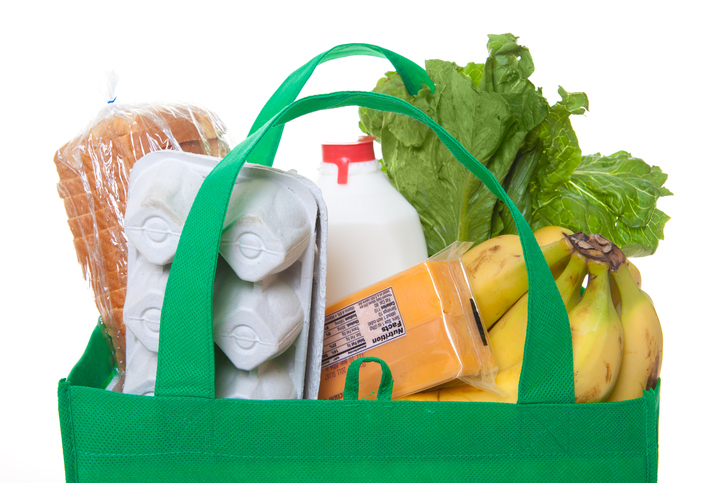Article Title | 10 Ways to Save on your Groceries | Post Date | Posted on
Tuesday, June 23, 2020 | Rollup Image | | Body | “A penny saved is a penny earned." -Benjamin Franklin Are you spending more than 15% of your income on groceries and running out of money at the end of the month? It is easy to lose track when you are not prepared. Here are 10 tips that will help you save more, spend less, and adopt healthy spending habits. Create a budget. Develop a monthly budget. Take a look at previous expenses and create a budget for your groceries.
- Plan your meals. Create a weekly meal plan. Tip: create meals using items that are on sale.
- Survey your kitchen. Find out what you already have in your home to avoid duplicating items. Check your cupboard, freezer, & refrigerator. Incorporate what you already have into your meal plan.
- Search for savings. Look for coupons online, and in your local paper. Use weekly store ads for additional savings. Tip: Sign up for alerts from your favorite stores.
- Shop items on sale. Shop Buy One Get One (BOGO), use store ads to learn about items that are on sale. You may be able to create meals using featured items in your stores weekly ad.
- Compare generic brand products vs. national brand products. Compare brands. National brand products are typically more expensive than generic brand products. There are many generic brand and national brand products that are similar. Spend less by choosing generic brands. Note: when national brand products are on sale, they may cost less than generic brands. Make sure to compare.

- Stick to your shopping list. If it is not on your list, do not buy it! Stay firm, and stick to your list. Planning ahead will help you avoid making extra purchases.
- Avoid shopping before eating. Eat before you make your visit to the store. If you shop while hungry, you are likely to spend more. Suddenly, those bag of chips may begin to look appetizing. Snack before you leave your home.
- Give yourself enough time to shop. Carve out time to shop. This will give you the appropriate amount of time to get everything on your list. If you rush, you may not have time to compare prices which could lead to purchasing more expensive items. Take your time.
- Tack your spending. How does it compare to your budget? Tracking what you spend helps you to know what you have left to spend. Tip: Use a calculator while shopping to help you stick to your budget.
| | Attachments |
|
|
 OTHER LANGUAGES
OTHER LANGUAGES
 OTHER LANGUAGES
OTHER LANGUAGES